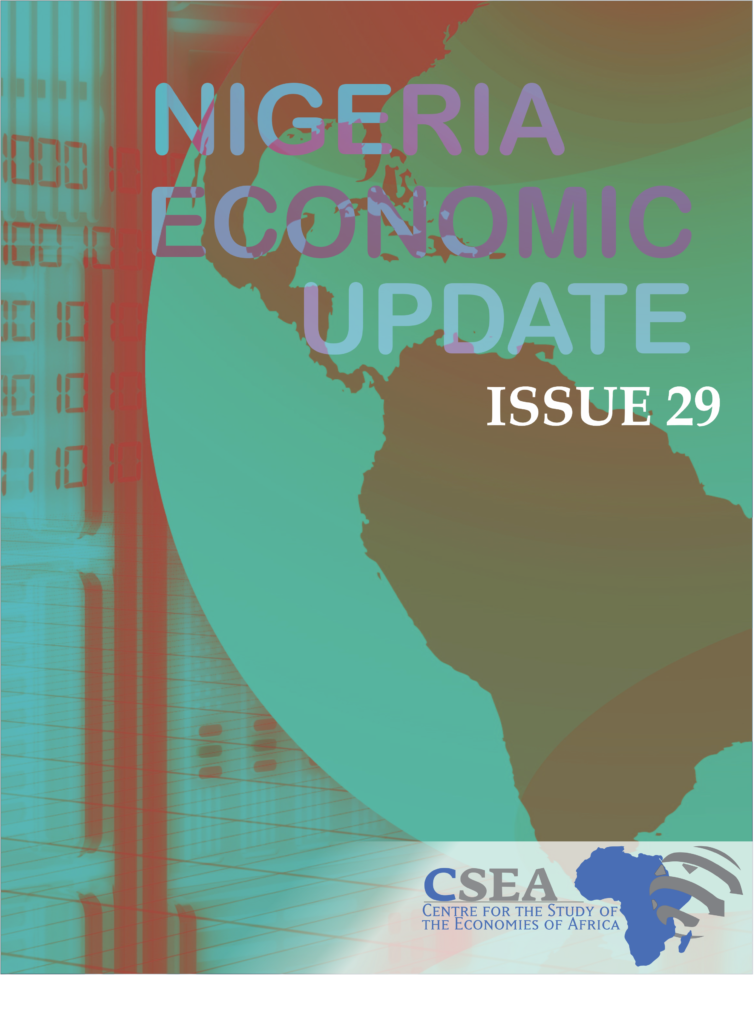The IMF retained its 2.1 percent forecast of Nigeria’s GDP growth rate for 2018, while increasing the 2019 projected GDP growth rate to 2.3 percent1, from 1.9 percent projected earlier. The stated review is at the backdrop of continued increases in commodity prices in the long term, for which crude oil is the benchmark for Nigeria. Outlook on crude oil price and production is expected to maintain upward improvements in the near term. However, the Nigerian government pegs its own forecasted growth rate at 3.5 percent in 2018 – higher than figures predicted by the IMF, although premised around the same driving factors. In order to achieve a 3.5 percent GDP growth rate, a more effective implementation of the bold initiatives in this administration’s economic plan – the Economic Recovery and Growth Plan – is critical particularly in the agriculture and manufacturing sectors.
Macroeconomic Report & Economic Updates

August 14, 2018
Nigeria Economic Update (Issue 29)
The IMF retained its 2.1 percent forecast of Nigeria’s GDP growth rate for 2018, while increasing the 2019 projected GDP growth rate to 2.3 percent1, from 1.9 percent projected earlier. The stated review is at the backdrop of continued increases in commodity prices in the long term, for which crude oil is the benchmark for […]
Read →
